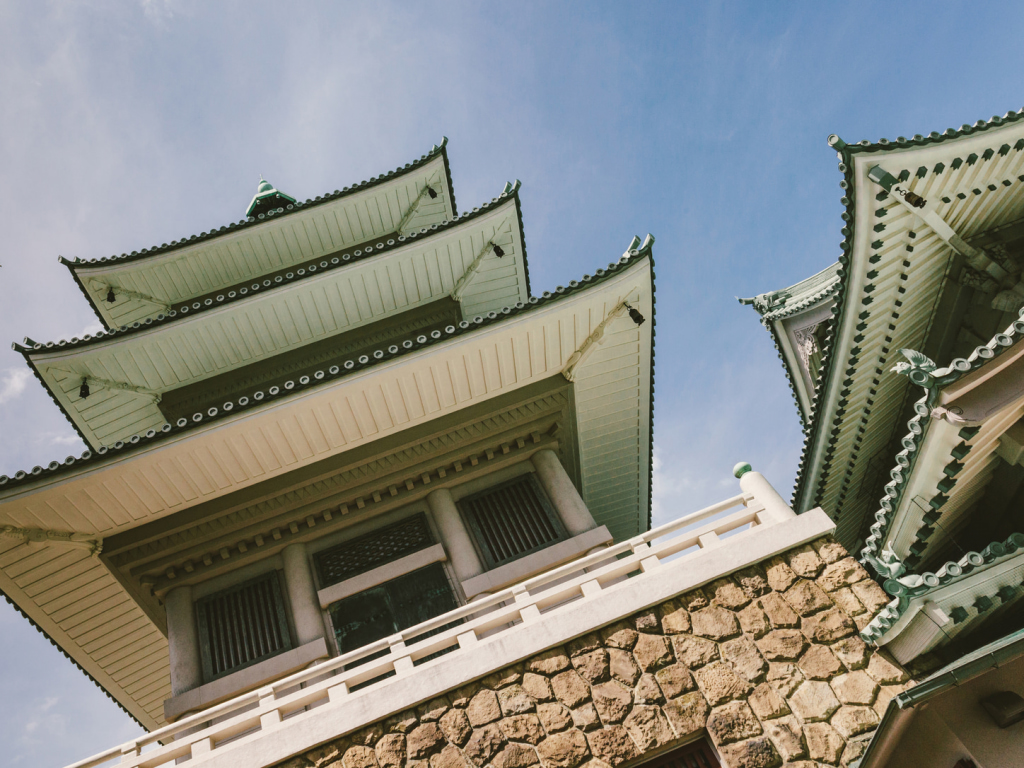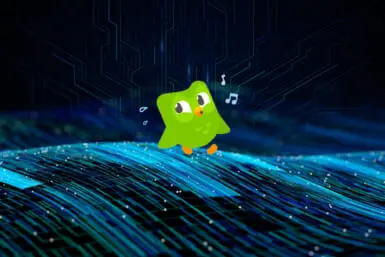Sumo is the main draw of this Tokyo neighborhood, but there are plenty of other historical offerings to keep you engaged too…
Get Your Sumo Fix
Ryogoku is synonymous with sumo. The original kokugikan (sumo hall) that held Tokyo’s tournaments opened in 1909, before the current building took over hosting duties in 1985. Recent years have seen a resurgence of interest in Japan’s national sport, no doubt due to the success of Yutaka Kisenosato, the first Japanese-born yokozuna (sumo’s highest ranking) since 1998, meaning tickets for the triannual Tokyo tournaments sell out pretty fast. Whether you’re in the area to witness the spectacle of these heavyweights slamming against each other or just to sample some of the neighborhood’s offerings, here are a few things to keep an eye out for.
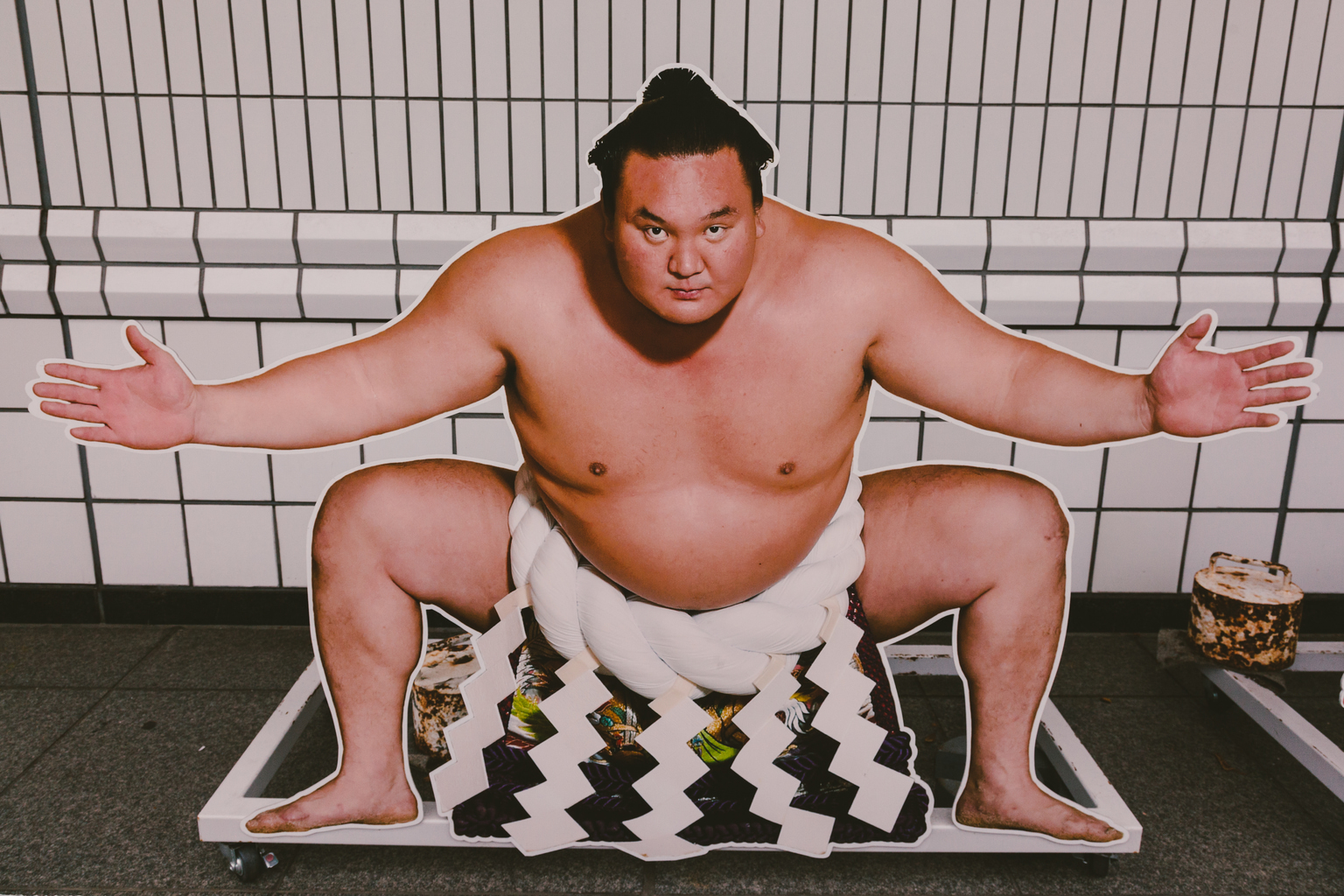
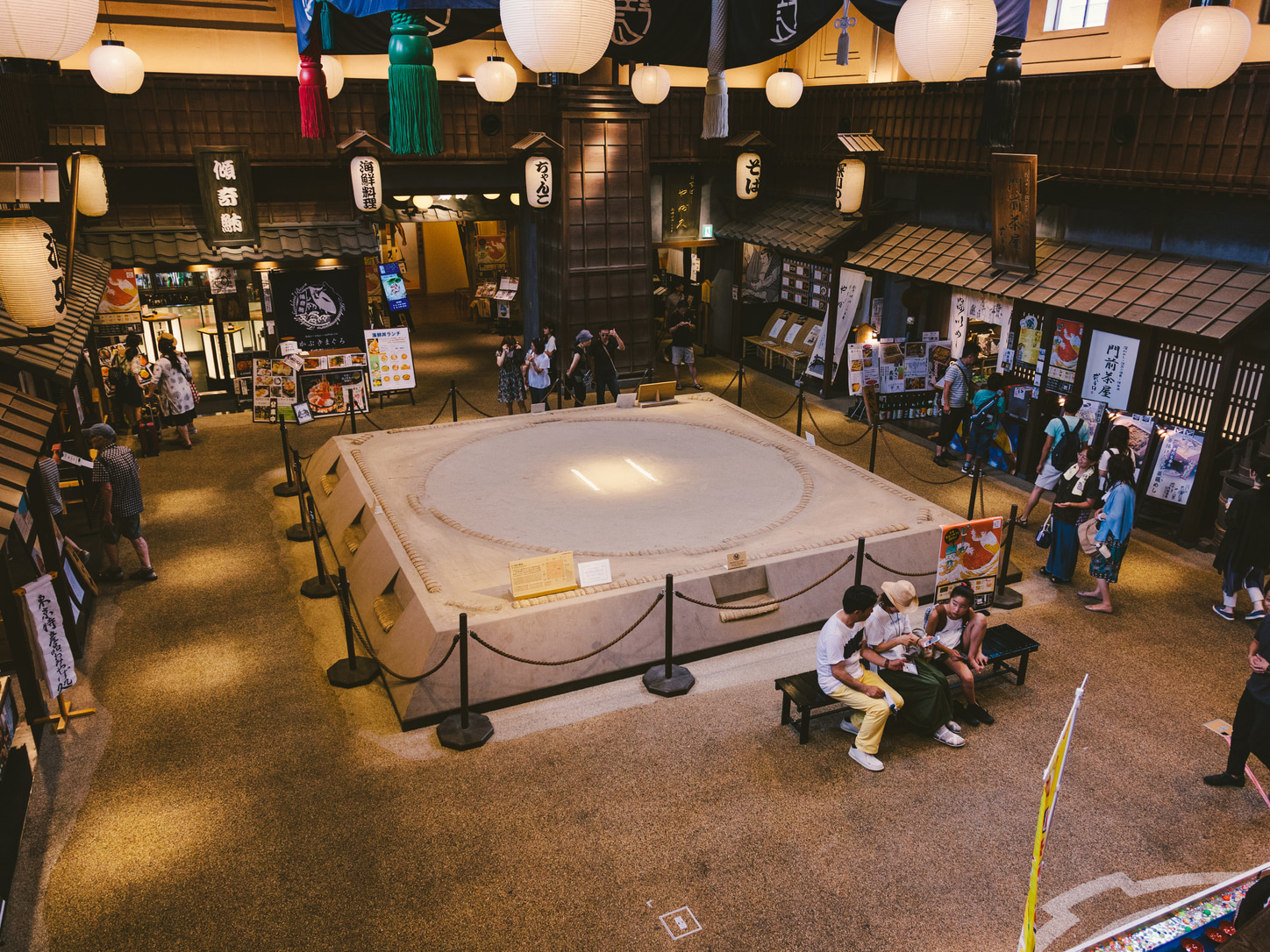
Ryogoku Edo Noren
Can’t Get Sumo Tickets? You Can Still Enjoy Sumo…
If you couldn’t get a ticket or there isn’t a tournament taking place you can still get your sumo fix. Get up early and witness a training session at one of the nearby stables (Kasugano Beya and Takasago Beya are foreigner-friendly) but be sure to phone ahead a couple of days beforehand to check. The kokugikan itself can still be visited in order to pick up a few sumo related souvenirs and the small, free to enter, sumo museum is also accessible. A full-sized replica ring is the centerpiece of Ryogoku Edo Noren, a restored station house that is now a mini Edo-themed mall. Conveniently located next to the current JR Line station, it’s also a good stepping-off point. The tourist information area has plenty of brochures and guides that can also be downloaded to your smartphone via a handy interactive terminal. A terminal is also available at former stable Kappa Yoshiba, now one of many chanko nabe (hotpot) restaurants owned by ex-wrestlers in the neighborhood dedicated to that staple of the sumo diet. The sumo-themed izakaya Hananomai also has one.

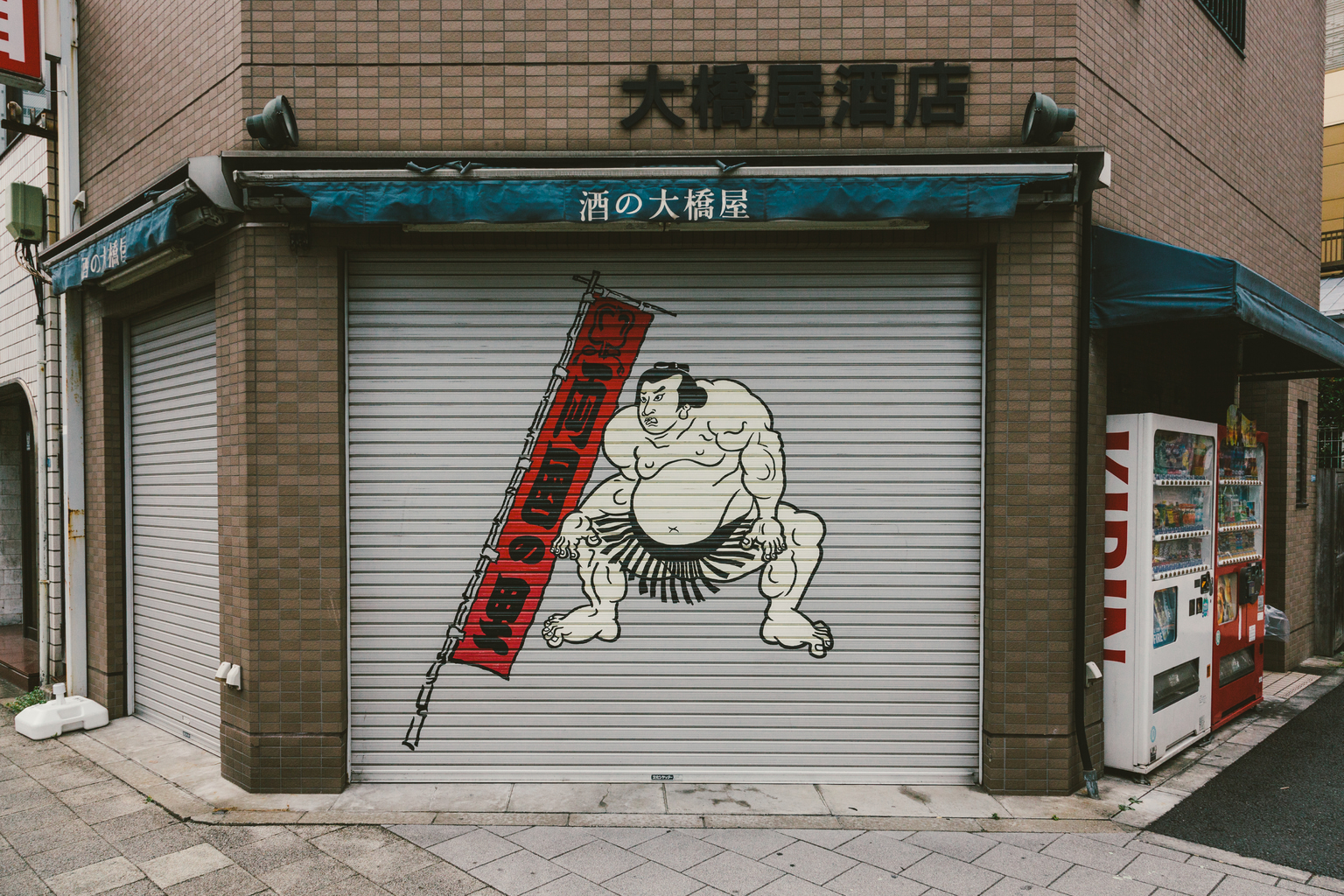
Museum Multiplicity
Ryogoku is not short of museums and sites linked to its past; from small, room-sized free exhibits at places like the Sumida Fireworks Museum (next to the tranquil Ekion Temple) to those at the imposing spacecraft-looking Edo-Tokyo Museum. This behemoth houses a full-scale replica of a section of the old Nihombashi Bridge and is packed full of other interactive exhibits, intricate dioramas and other relics from the Edo period through to the 20th century. Much like the Hokusai Museum which opened in 2012, the over-priced-for-what-it-is Sword Museum is another recently spruced up feature on the Ryogoku landscape, though it does have a nice roof terrace from which to survey the beautiful Kyu-Yasuda Teien Garden below. Of far greater value, being that it’s free though rather more somber, is the Kanto Earthquake and Firebombing Museum located within the grounds of Yokoamicho Park. There is also a memorial hall to remember victims of the WWII Tokyo air raids, a peace monument and a small Japanese garden – the latter of which is a nice resting spot. Alternatively, unwind with a soak at the (almost) 24-hour spa Edoyu.
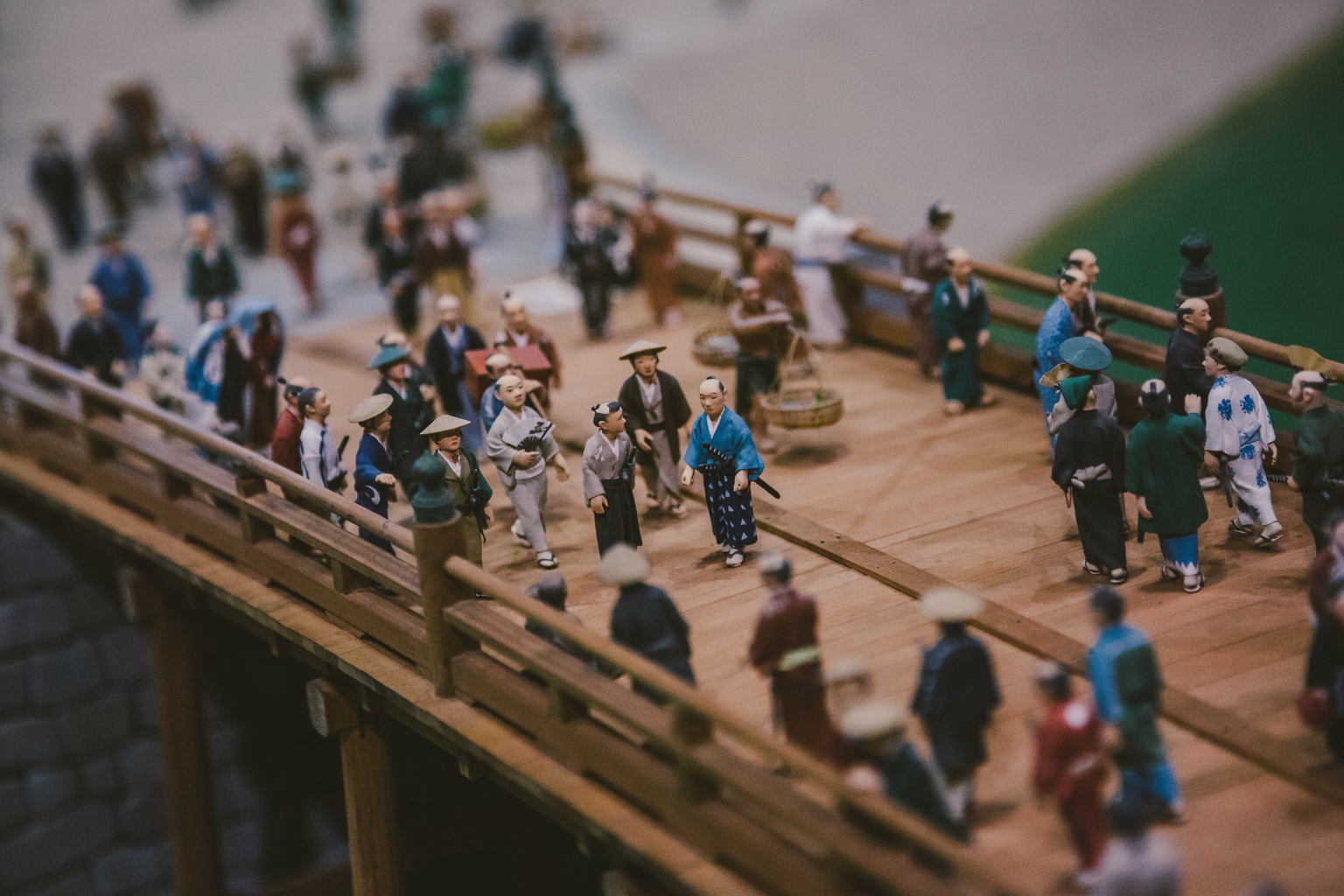
Edo Tokyo Museum
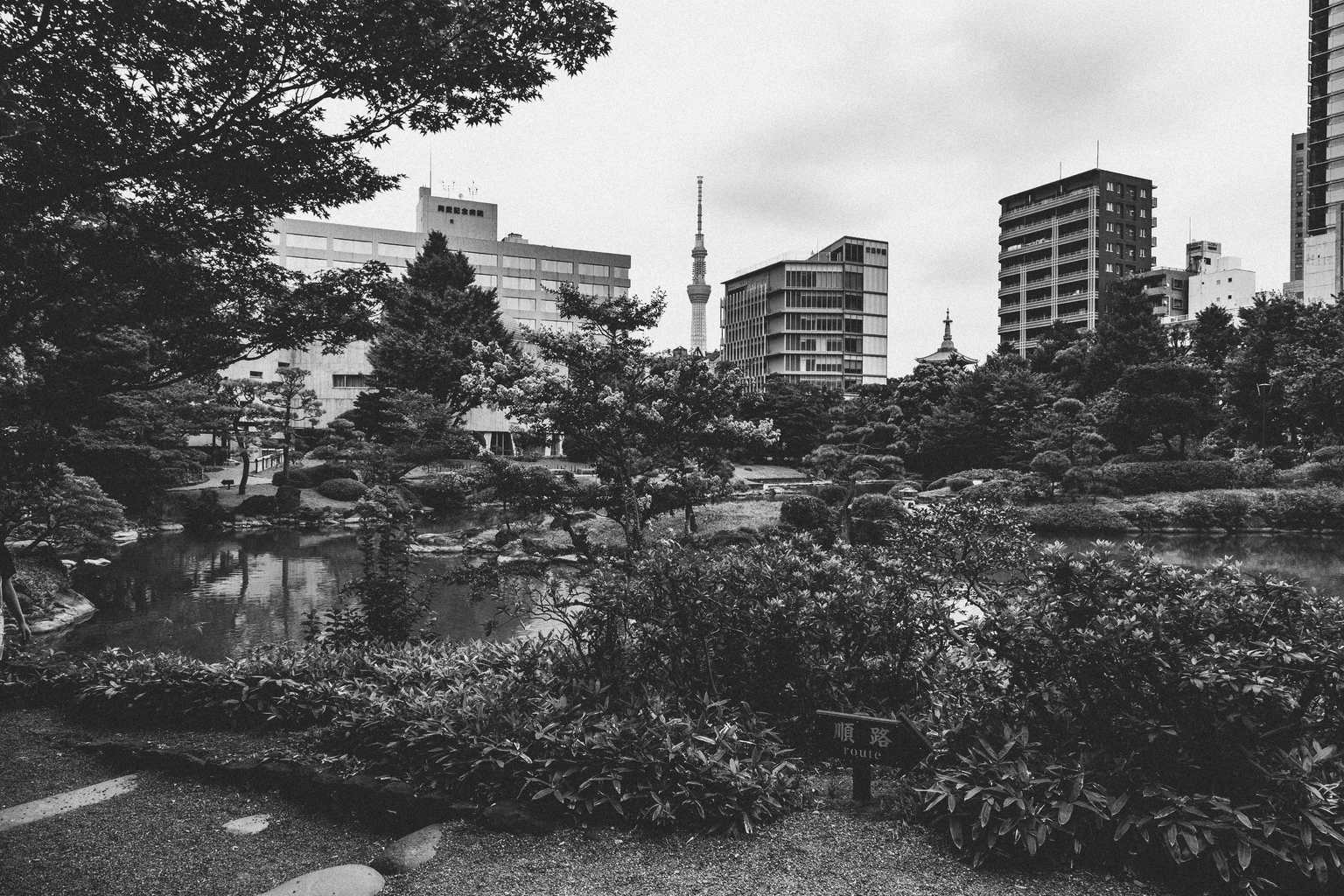
Yokoamicho Park
Not Just Nabe
There are plenty of places to pile on the pounds with chanko nabe – such as Kotogaume (another ex-wrestler owned establishment) and Chanko Tomoegata (a spacious popular lunch spot). For meat eaters craving something other than beef, chicken or fish, then how about some wild boar? Momonjiya has been serving up a variety of raw and cooked dishes (including a nabe variant) since its founding in 1718. There is also a Michelin-starred soba restaurant, Hosokawa, for something a bit lighter. If all the sightseeing has left you with a serious thirst then head to Popeye, a well-established bar for craft beer lovers where over 70 variants await on tap.

Chanko Nabe
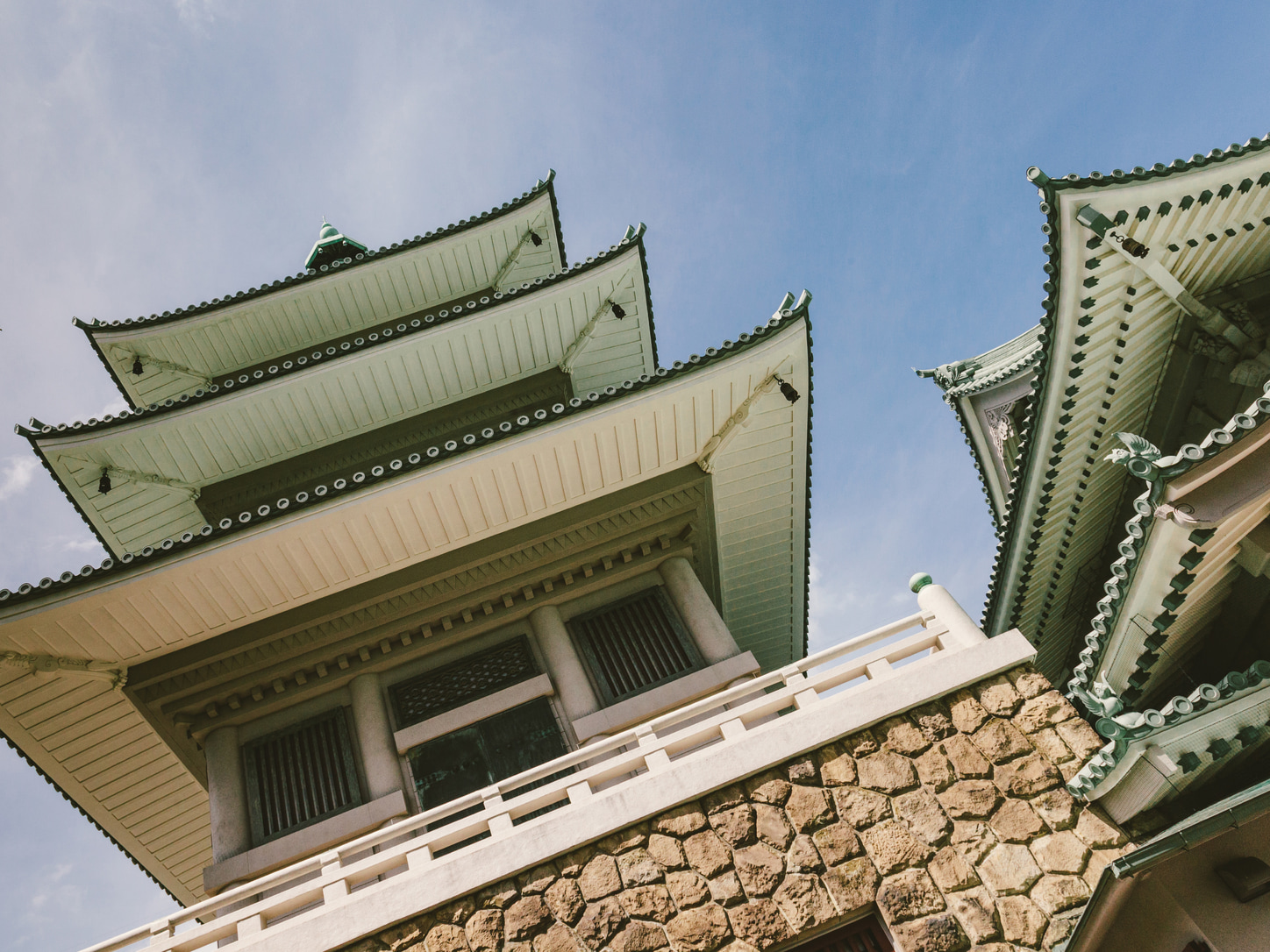
Yokoamicho Park

